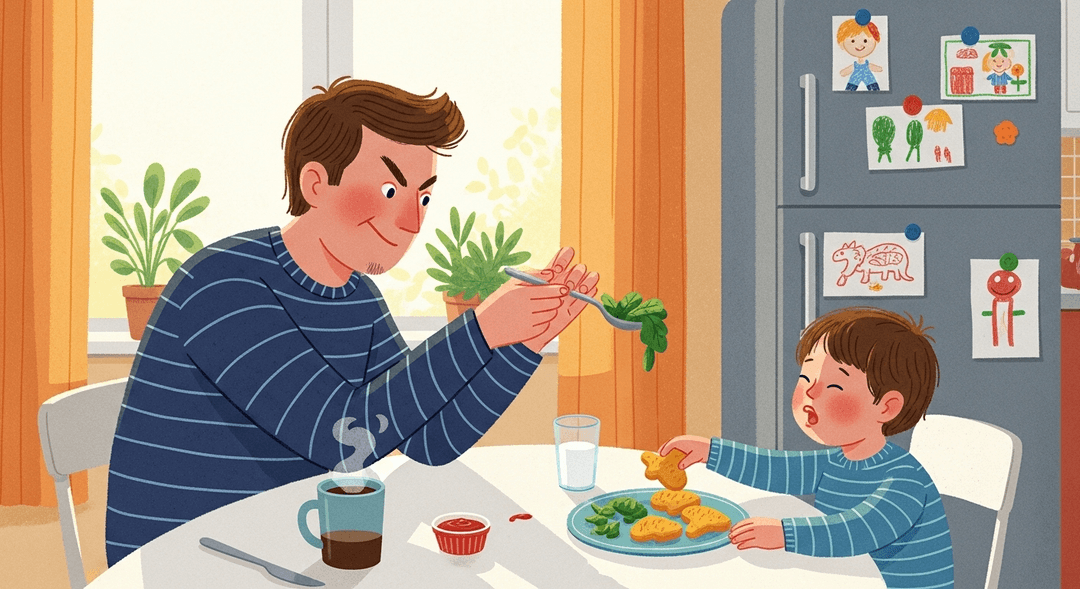Eat a Balanced and Nutritious Diet
You know that moment when you realize your kid has eaten nothing but beige foods for three days and you’ve survived on cold coffee and the leftovers of their dinosaur nuggets? Yep, this is for you. If you’ve ever wondered whether ketchup counts as a vegetable (it doesn’t, sorry) or if you can sneak spinach into literally anything, welcome to the club—no judgment, just solidarity and maybe a few less crackers.
Balanced nutrition isn’t just about keeping your pants buttoned—your brain (and your kid’s) runs better on more than just caffeine and string cheese. Stable blood sugar means fewer meltdowns (from everyone), and the right nutrients boost mood, focus, and even sleep. Plus, modeling healthy eating helps your little human develop a lifelong relationship with food that doesn’t involve hiding veggies under the mashed potatoes.
How to do it
-
Keep it simple. Aim to include a fruit or vegetable on every plate, even if it’s just a single baby carrot.
-
Pre-chop or prep snacks ahead of time. This way, you can grab them quickly—faster than reaching for the goldfish crackers.
-
Eat with your child whenever possible. Kids learn by watching you—monkey see, monkey do—even if your little monkey still throws peas sometimes.
-
Don’t stress about perfection. Celebrate the small wins, like that one bite of broccoli, and laugh off the losses, like finding peas in your shoe.
Tips:
- Keep washed, ready-to-eat produce at eye level in the fridge.
- Offer variety, but don’t pressure your child to eat everything.
- Remember, building healthy habits takes time and patience.
